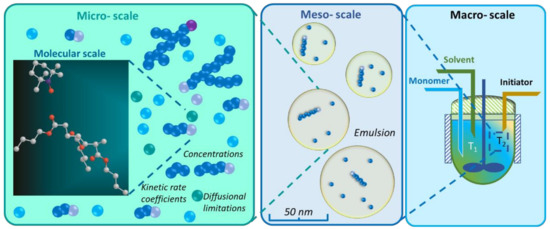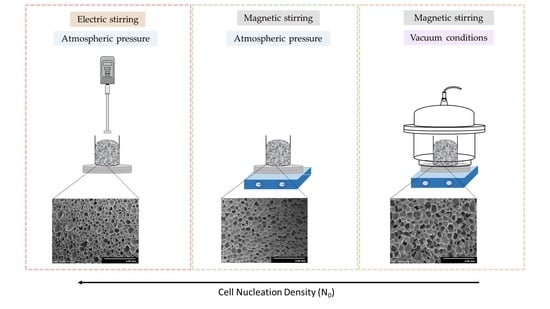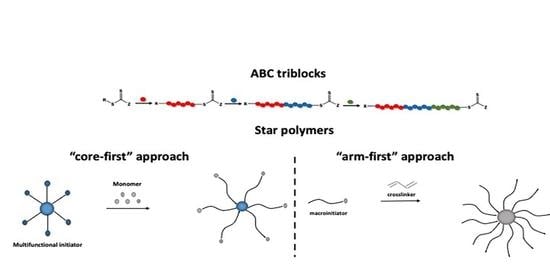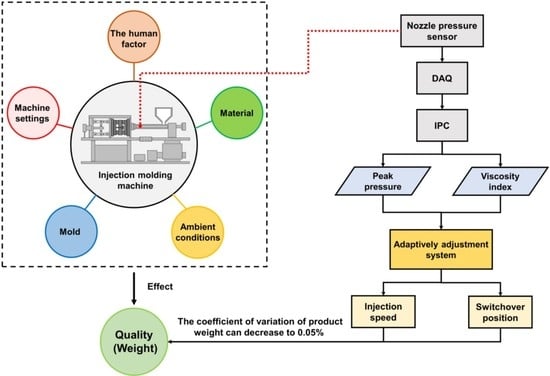State-of-the-Art Polymer Science and Technology
A topical collection in Polymers (ISSN 2073-4360).
Editor
Interests: materials; polymers; thermal properties; nanocomposites; composites
Special Issues, Collections and Topics in MDPI journals
Topical Collection Information
Dear Colleagues,
With the aim of presenting state-of-the-art research and reviews in the field of polymer science and technology in various countries and territories all over the world, the journal has launched this collection, details of which can be found at the website links below.
We welcome scholars to collaborate with us on the future collections in this collection!
Polymers Editorial Office
polymers@mdpi.com
______
Your country/region is not included? Click here to propose.










